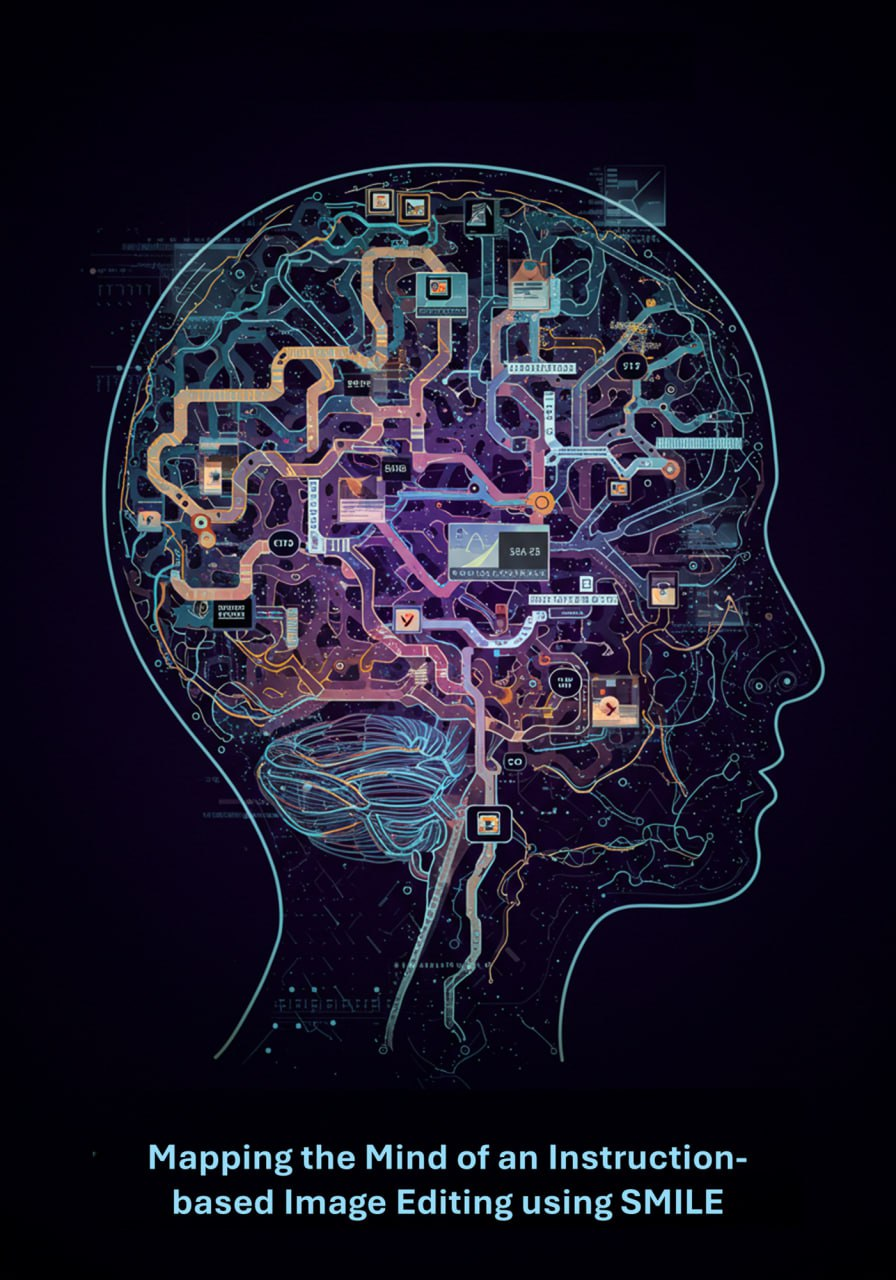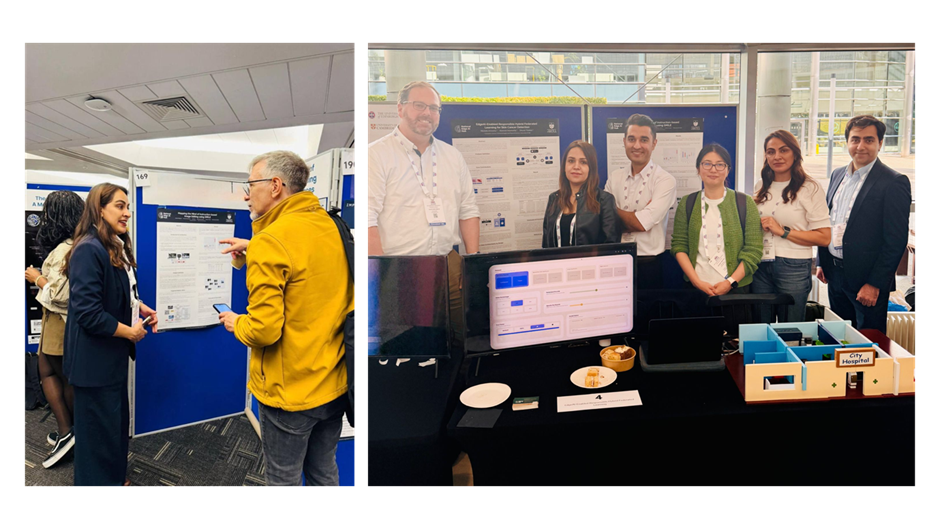Mapping the Mind of an Instruction-Based Image Editing Using SMILE
- Koorosh Aslansefat
- Feb 3
- 3 min read

Instruction-based image editing models have revolutionised how we approach digital content creation, allowing users to modify images through natural language commands. These models, powered by advanced deep learning techniques, have applications spanning healthcare, creative industries, and autonomous driving. However, their black-box nature poses challenges to transparency, trust, and interpretability. To address this, researchers at the University of Hull have introduced SMILE (Statistical Model-Agnostic Interpretability with Local Explanations), a novel framework that enhances the explainability of these models. This blog post delves into the workings of SMILE and its potential to make AI-powered tools more trustworthy and reliable.
The Challenge of Black-Box Generative Models
Modern image editing models, such as Instruct-Pix2Pix and Img2Img-Turbo, use generative architectures like GANs and diffusion models. While these systems excel in precision and flexibility, their opacity raises critical concerns, particularly in sensitive fields like medical imaging and autonomous driving. For example, if a doctor relies on such a model to enhance a medical image, understanding how the model processes and applies instructions is essential to avoid misrepresentation of vital information.
The SMILE Framework
SMILE is an explainability framework developed by the School of Computer Science at University of Hull and it addresses the above-mention gap by generating visual heatmaps that reveal the influence of individual words in textual commands on the image-editing process. The method is model-agnostic and integrates statistical tools such as the Empirical Cumulative Distribution Function (ECDF) to enhance robustness.
Key Features of SMILE:
Model-Agnostic Design: Works seamlessly with various image editing frameworks.
Visual Heatmaps: Provides intuitive visualizations linking text prompts to image edits.
Robust Evaluation Metrics: Ensures reliability using metrics like stability, accuracy, fidelity, and consistency.
Methodology
SMILE enhances interpretability through three primary steps:
Perturbing Text Prompts: Original text commands are systematically modified by including or excluding specific words, generating variations that serve as input to the model.
Measuring Impact: The system calculates the Wasserstein distance between images generated from original and perturbed prompts. This statistical measure captures the influence of text elements on visual changes.
Generating Heatmaps: A weighted linear regression model maps the impact of words, creating heatmaps that visually represent their significance in the editing process.

Experimental Insights
The researchers tested SMILE on multiple diffusion-based models, including Instruct-Pix2Pix, Img2Img-Turbo, and Diffusers-Inpaint. Key findings include:
Accuracy: SMILE consistently identified relevant keywords influencing image edits with high precision.
Stability: Results remained consistent across minor text variations, reflecting robustness.
Fidelity: The method closely aligned with original model predictions, demonstrating its reliability as an interpretability tool.
Applications and Implications
SMILE’s potential extends beyond academic interest. In healthcare, it could support medical professionals by making AI-driven image analysis more interpretable. Similarly, in autonomous driving, SMILE can clarify how visual cues in road environments influence decision-making models. These applications align with broader goals of ethical AI, emphasizing transparency and user trust.
Future Directions
The researchers plan to expand SMILE’s capabilities to:
Adapt it for other generative models like video editing systems.
Enhance alignment with attention-based methods for deeper insights into model behavior.
Integrate with regulatory frameworks to support compliance in high-stakes domains like healthcare and finance.
Engage With Us
Interested in exploring SMILE further? Check out our project’s repository and documentation for implementation details. For a more in-depth discussion, tune into our upcoming podcast created by Google Illuminate discussing SMILE’s development for Generative AI, challenges, and future prospects.
Conclusion
By bridging the gap between model performance and user understanding, SMILE sets a new benchmark for explainability in instruction-based image editing. Its innovative approach not only fosters trust but also paves the way for broader adoption of AI in critical applications. Together, let’s make AI more transparent and accessible, one heatmap at a time.
GitHub Repository: https://github.com/Sara068/Mapping-the-Mind-of-an-Instruction-based-Image-Editing-using-SMILE
Preprint Paper: https://www.arxiv.org/pdf/2412.16277




Comments